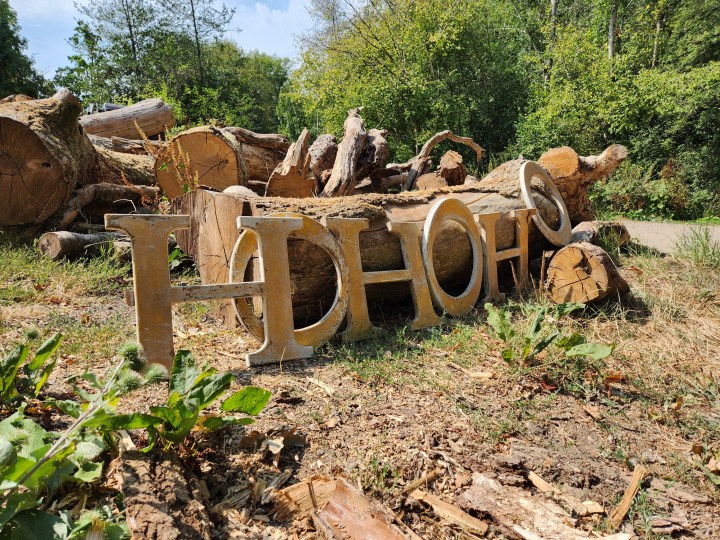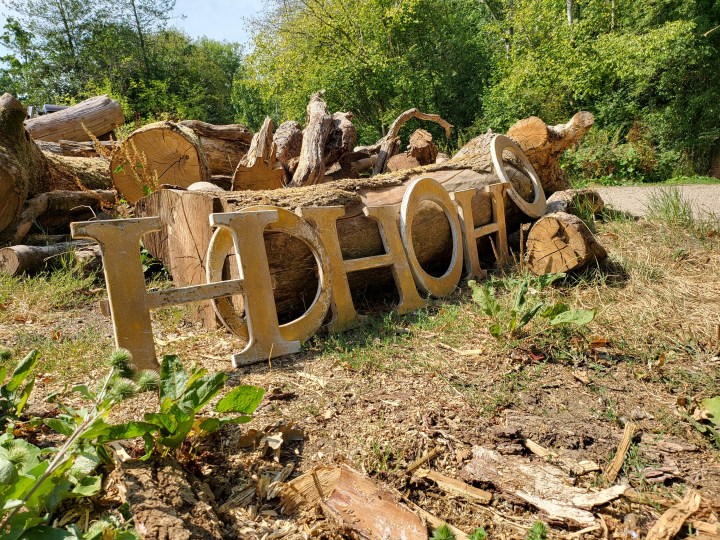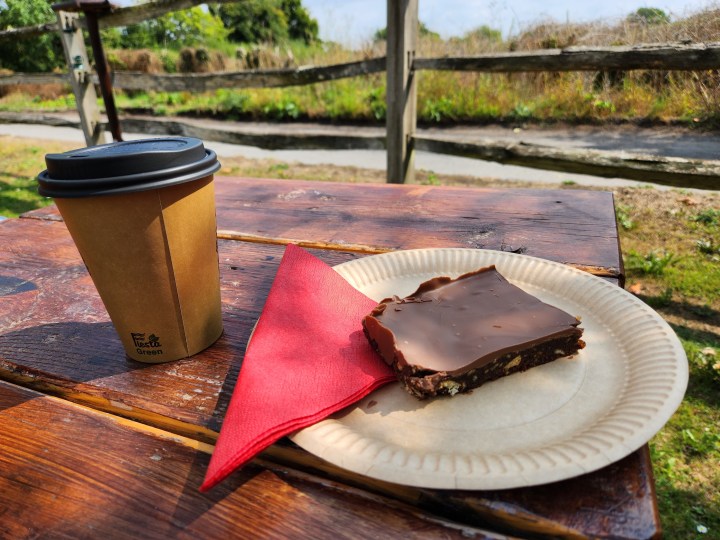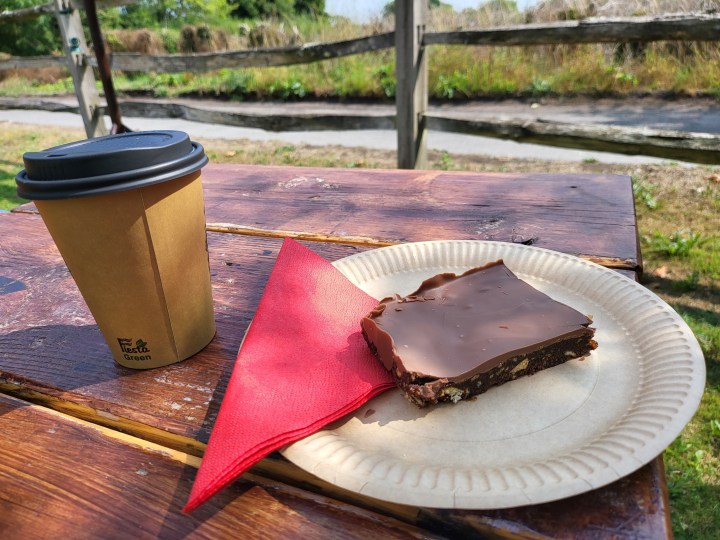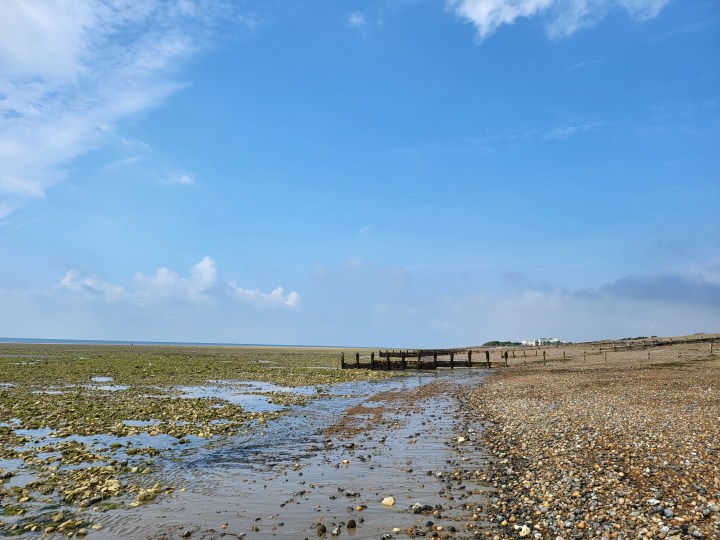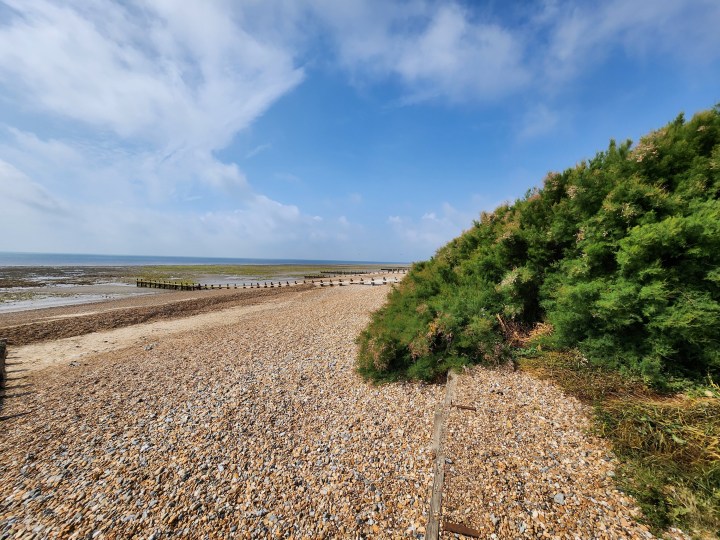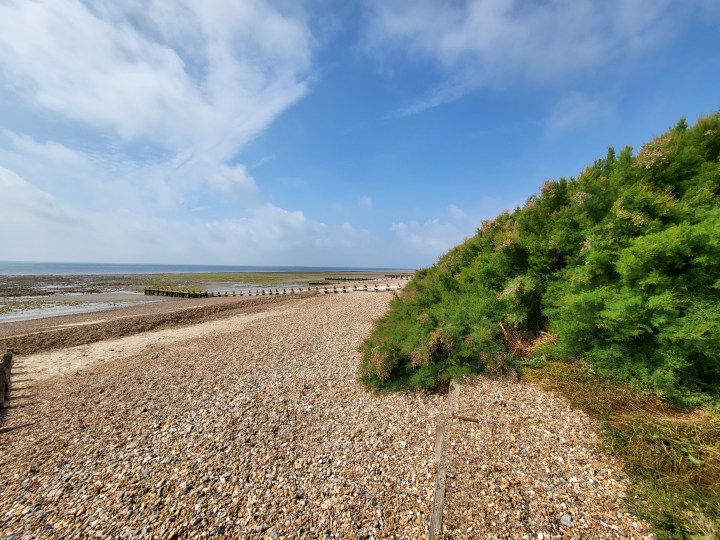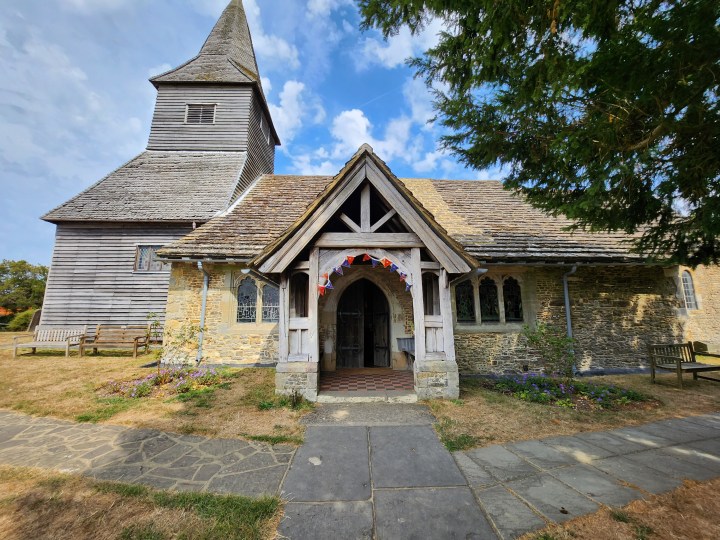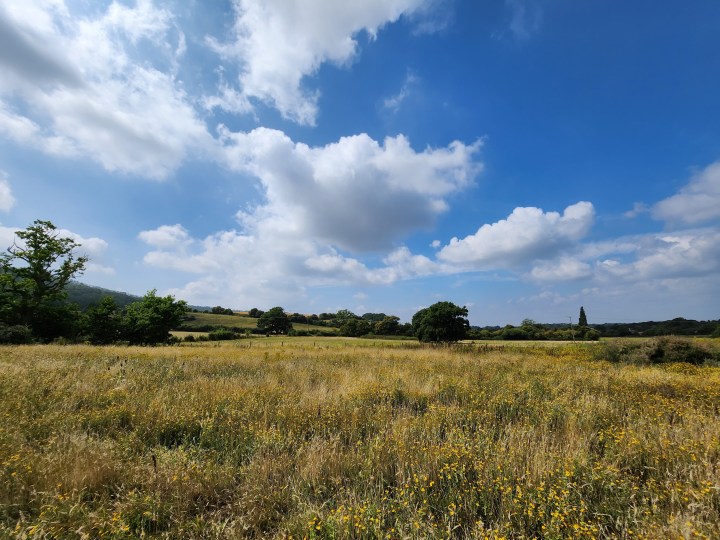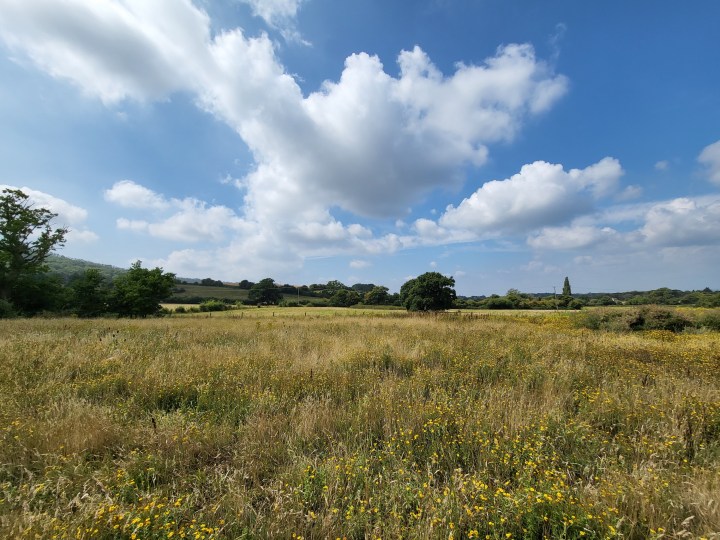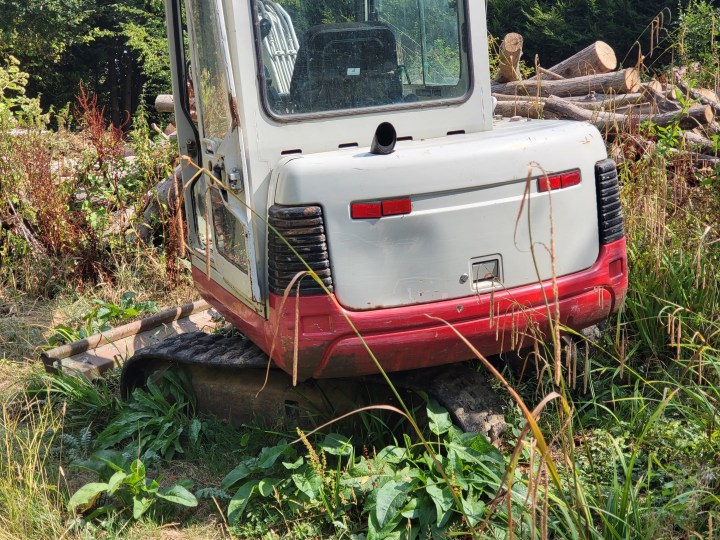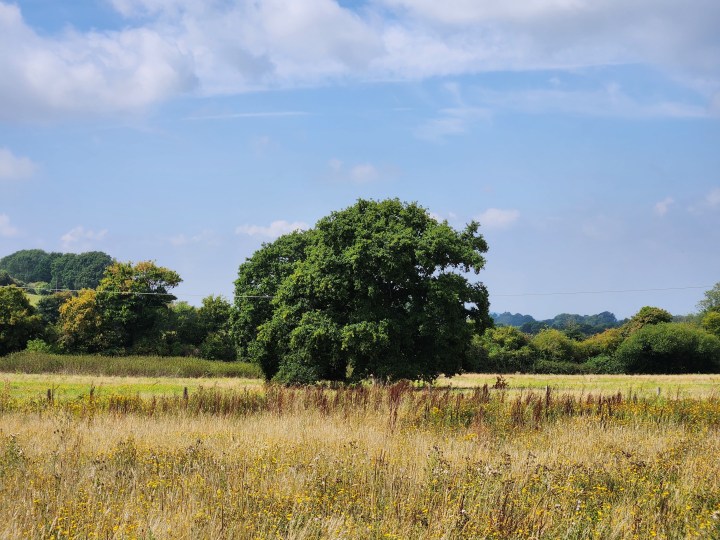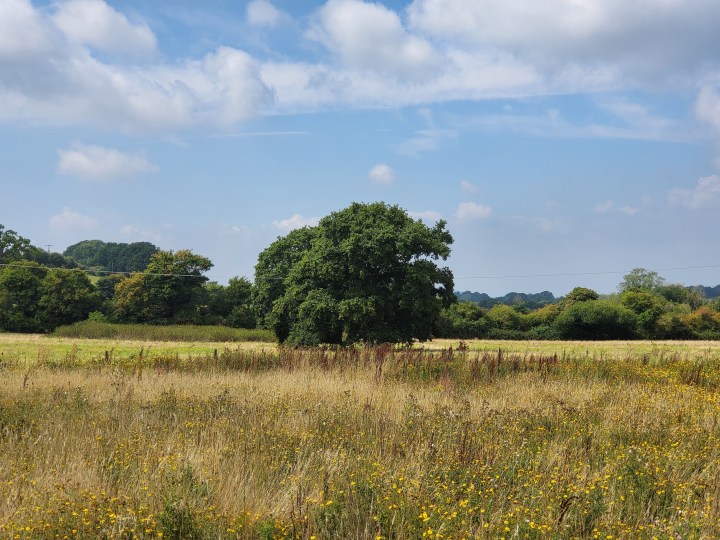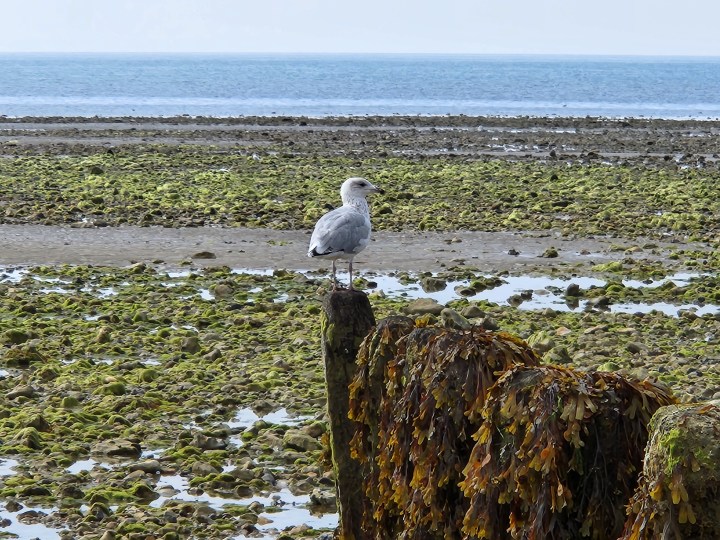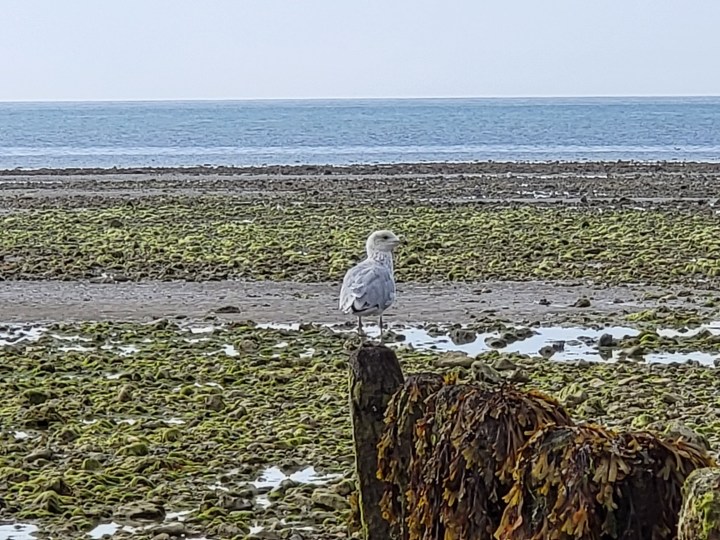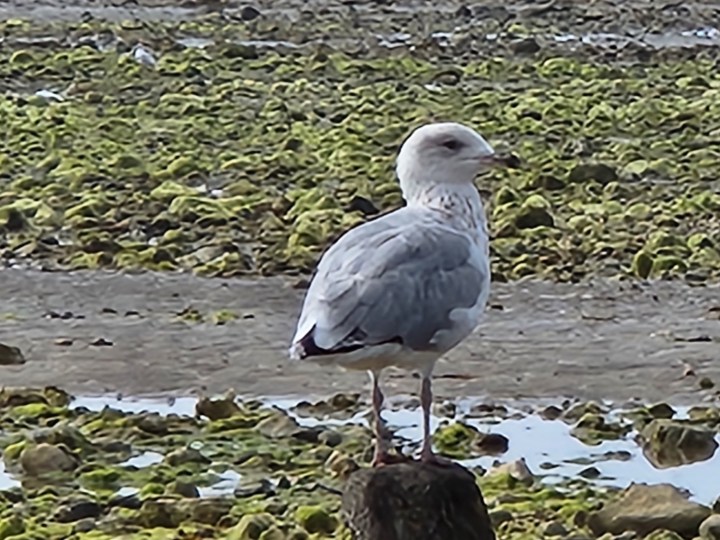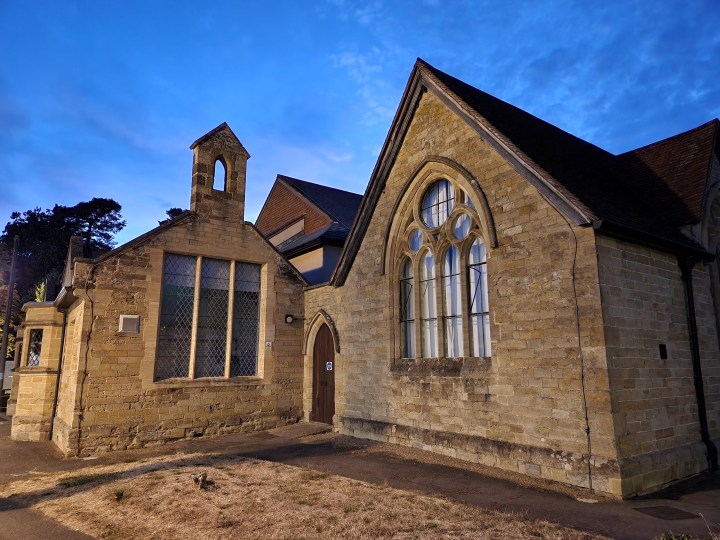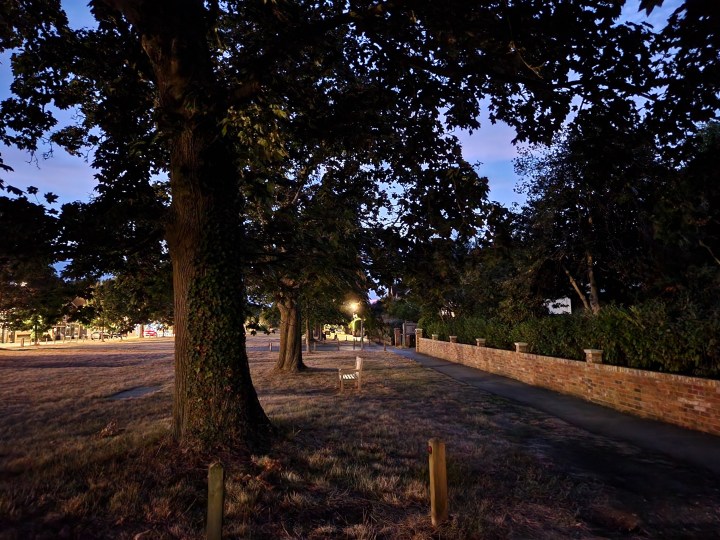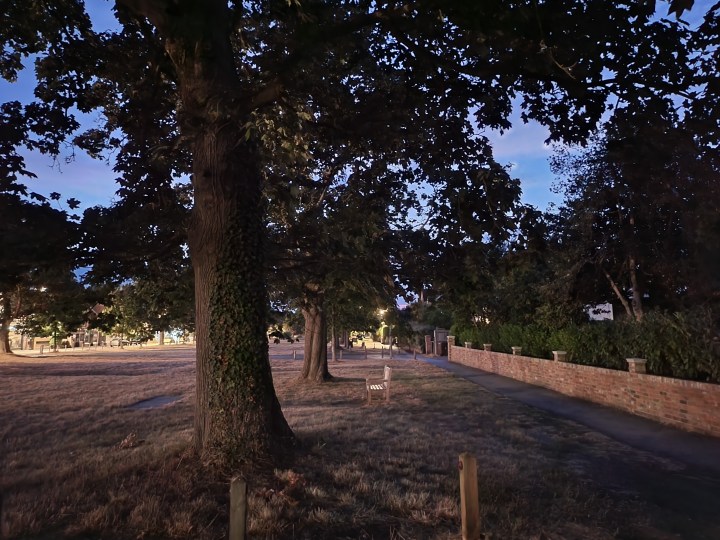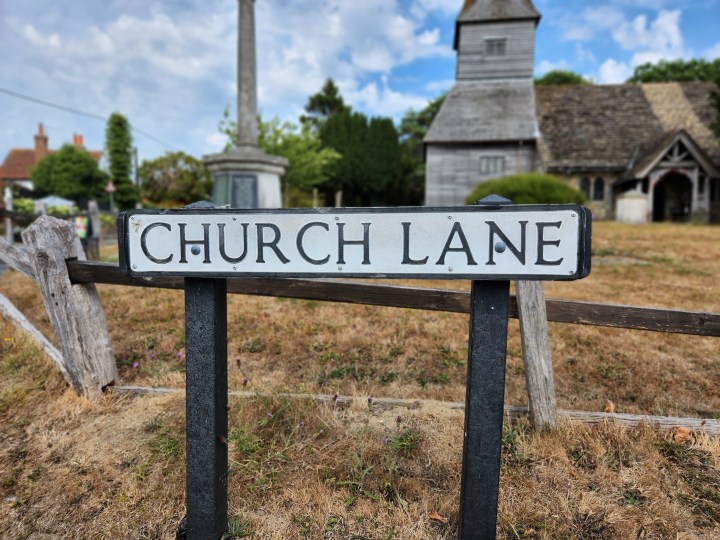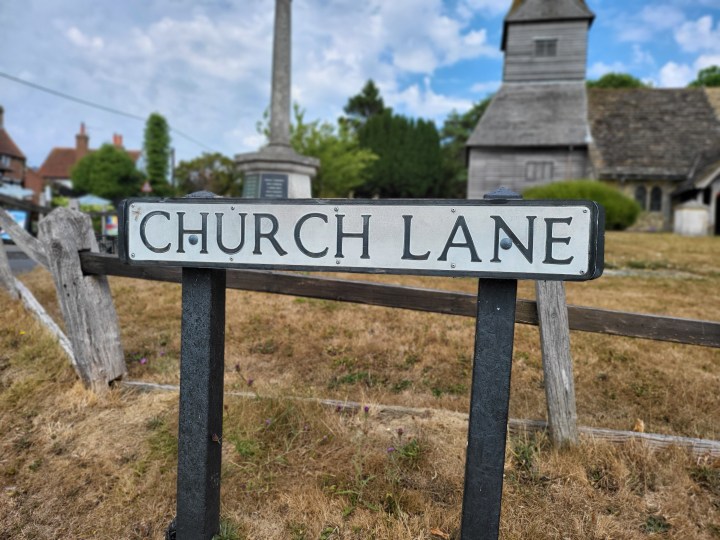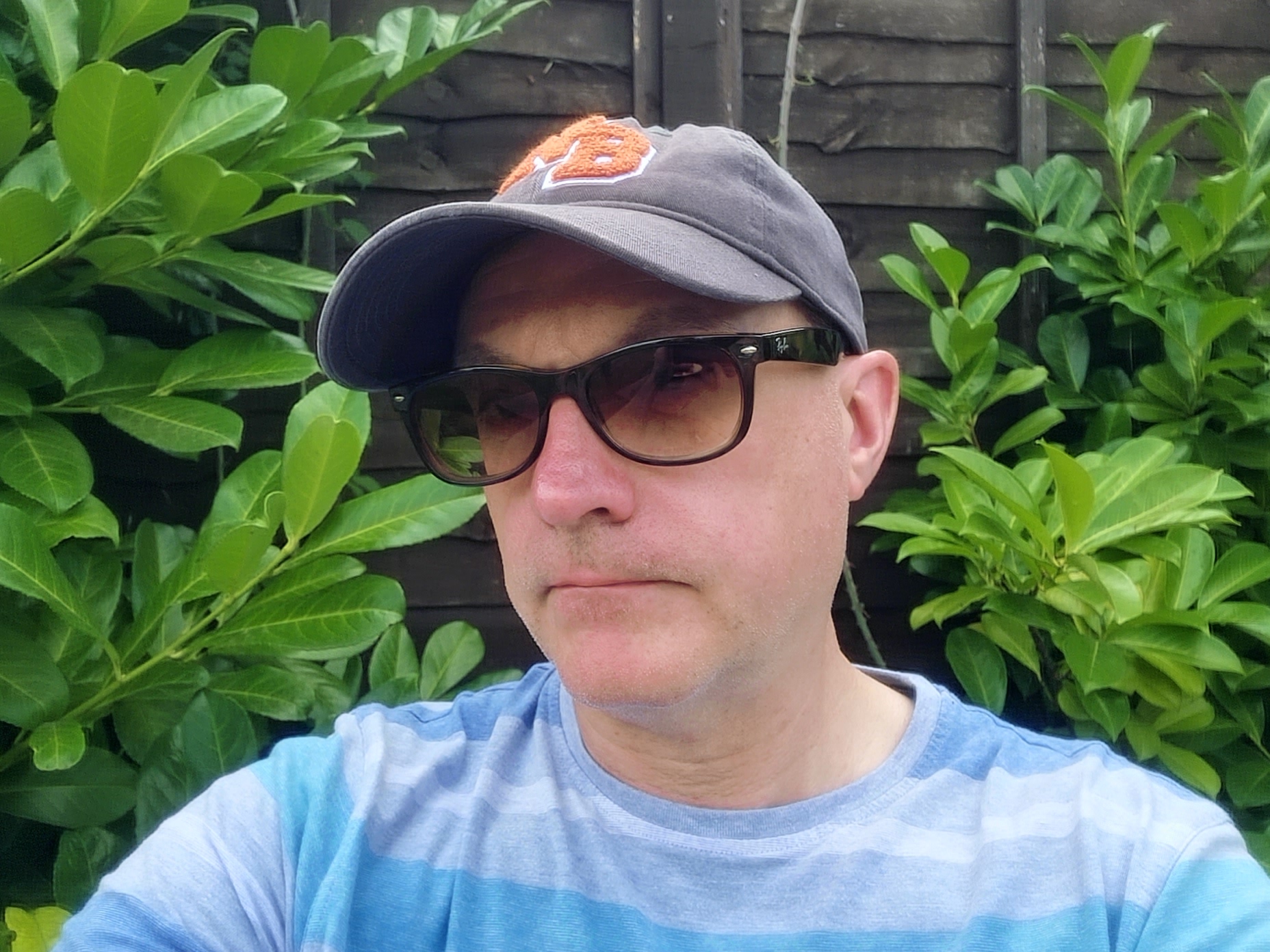Samsung has changed the camera system on the Galaxy Z Fold 4, updating it from the system found on the Galaxy Z Fold 3. While the camera was never a disappointment, it was still ripe for improvement, with many wanting Samsung’s flagship folding smartphone to also have a flagship camera. Has the Galaxy Z Fold 4 delivered?
While our Galaxy Z Fold 4 review sang the cameras’ praises, how do they compare to those on the Z Fold 3? We put the two against each other to find out.
Camera specs
On the back of the Galaxy Z Fold 4 is a 50-megapixel main camera with an f/1.8 aperture. It sits in the center of the array, with a 12MP 123-degree wide-angle camera above it and a 10MP telephoto with a 3x optical zoom below. On the cover screen is a 10MP camera, and there’s an Under Display Camera (UDC) with 4MP on the inner screen.

The Galaxy Z Fold 3 has a 12MP main camera, again in the center of the layout, with a 12MP 123-degree wide-angle camera above it and a 12MP telephoto below. The Z Fold 3’s telephoto takes 2x optical zoom photos and can manage a 10x maximum digital zoom. The Galaxy Z Fold 4 has a maximum 30x Space Zoom feature. The Z Fold 3’s selfie cameras have the same megapixel count as the Z Fold 4’s, and both phones use Dual Optical Image Stabilization.
For video, the Z Fold 4 can shoot 8K video at 24 frames per second (fps) and 4K video at 30 or 60fps, while the Z Fold 3 can’t shoot 8K video at all. It’s not necessarily a big advantage given the price and relative rarity of 8K televisions, but remember this: the Z Fold 4 will last you for years, and as time goes on, 8K video may become more useful.
All photos below were taken across several days and in auto mode. Photos were examined on a color-calibrated monitor and then resized for friendlier online viewing.
Main camera
There may be a big difference in overall megapixel count between the two main cameras, but this has not translated into a massive increase in quality — or even that much noticeable difference in the end results. You have to look closely to spot what has changed, but once you see what the Z Fold 4 can do, the improvements are obviously beneficial.
- 1. Galaxy Z Fold 4
- 2. Galaxy Z Fold 3
Starting with the weathered, wooden H and O letters, the Z Fold 3’s increased saturation level is clear in the trees, while the Z Fold 4’s more intelligent exposure levels ensure the cloudy blue sky isn’t as blown out. There’s less blur in the Z Fold 4’s photo when you zoom in, and it does provide a greater level of detail, but sometimes at the expense of texture and atmosphere.
- 1. Galaxy Z Fold 4
- 2. Galaxy Z Fold 3
The coffee cup with a piece of chocolate tiffin (a cake-like confection) on the table shows one of the Z Fold 4’s most problematic differences — its dislike of focusing on anything up-close. I didn’t tap the screen to focus here, I just let the cameras get on with it. The Z Fold 3’s image is sharper, the text on the coffee cup has more detail, and the tiffin’s edge is in focus. The Z Fold 4 didn’t get any of that right. It’s a shame as the tone and color balance of the photo are superior.
- 1. Galaxy Z Fold 4
- 2. Galaxy Z Fold 3
Finally, the photo of the beach and sky shows just how few differences there are between the cameras in general circumstances — until you look closely. The sky in the Z Fold 4’s photo is a little bluer, and the tone is warmer overall compared to the Z Fold 3. In other photos taken on this day, the Z Fold 3 could lack detail, have more noise, and show signs of digital edge enhancement. While these negative aspects are visible here, you do have to look hard after zooming in.
The Z Fold 3 takes satisfactory photos, but considering the price of the phone and its position in Samsung’s range, it really needed to do better than that. The Z Fold 4 has improved the main camera, although the differences require a keen eye to spot. It’s a shame the sensor doesn’t enjoy taking photos close-up to objects, though, but this may be addressed in a software update. It’s also not always a problem, and the camera’s advantages still see it snag the win.
Winner: Galaxy Z Fold 4
Wide-angle camera
Both share the same specifications here, so any differences between the two wide-angle cameras will likely come down to software enhancements and the processor. The Galaxy Z Fold 4 has a Qualcomm Snapdragon 8+ Gen 1, while the Z Fold 3 has Qualcomm’s Snapdragon 888 chip inside, putting it two generations behind.
- 1. Galaxy Z Fold 4
- 2. Galaxy Z Fold 3
Neither displays an impressive level of detail, as this beach photo shows. The foliage on the right of the photo is reduced to clumps of color, and the separation between sea and sky is blurred and undefined in both examples. However, the Z Fold 4 does have a more pleasant tone and more realistic colors, and although it’s not technically much better, it does present a more visually appealing photo.
- 1. Galaxy Z Fold 4
- 2. Galaxy Z Fold 3
The photo of the church perhaps goes in the opposite direction, with the Z Fold 3 showing more texture and detail in the wood and the roof tiles. It also has a little more atmosphere than the Z Fold 4’s photo, which looks a little overexposed. Otherwise, the two photos are practically identical.
- 1. Galaxy Z Fold 4
- 2. Galaxy Z Fold 3
Finally, the landscape photo sees the Z Fold 4 produce more attractive colors and better white balance, but the contrast of the Z Fold 3’s photo reveals more detail in the trees due to less heavy shadows. Neither camera really leaves the other behind at any time, with positives and negatives for each. It’s hardly surprising given the sensor similarities.
Winner: Draw
Optical zoom
The Z Fold 4 has a 3x optical zoom while the Z Fold 3 has a 2x zoom. The difference it makes is clear, as you can get a little closer to faraway objects with the Z Fold 4 without losing quality. It’s more versatile than a 2x zoom, which isn’t all that different from a normal 1x photo.
- 1. Galaxy Z Fold 4
- 2. Galaxy Z Fold 3
There isn’t a massive difference between 2x and 3x either, as you can see from the first shot. The tighter zoom results in more background blur, but as I noted in my review, the Z Fold 4 can struggle with focus when using the optical zoom. It’s noticeable here, as the camera seems confused about the subject, and the photo isn’t as crisp and sharp as the Z Fold 3’s.
- 1. Galaxy Z Fold 4
- 2. Galaxy Z Fold 3
It’s the same in the photo of the tree. Like in other examples, the color balance and tone of the Z Fold 4’s photo are great, but here it’s let down by some kind of focus problem, which robs it of the same sharpness the Z Fold 3’s photo has. It gets in a bit closer, but the picture does not look as good as the older phone’s 2x shot.
It’s worth noting I’m using the Z Fold 4 around its release date, and while the software is currently up to date (as it is on the Z Fold 3), another update may arrive to further tune the camera and solve this unusual issue seen with the zoom mode.
Winner: Galaxy Z Fold 3
10x zoom
The Z Fold 3 has a maximum 10x zoom mode, while the Z Fold 4 can go to a 30x digital zoom, but would you want to use either? No, probably not, but it’s worth seeing how the Z Fold 4’s 10x zoom looks compared to the Z Fold 3’s. While neither of the first two photos is very shareable, it’s obvious the Z Fold 4’s photo is less artificial-looking, with more definition on the seagull’s feathers, a less pixelated background, and more detail in the seaweed on the wall too.
- 1. Galaxy Z Fold 4
- 2. Galaxy Z Fold 3
- 3. Galaxy Z Fold 4
The third photo in the gallery here was taken at 30x on the Z Fold 4, a feature the Z Fold 3 cannot replicate. It’s not really a photo you’d want to share, but you can at least recognize it’s a seagull. What’s more interesting is that the quality is similar to the Z Fold 3’s 10x photo, which makes us keen to see if the improvement we can see in the 10x mode between generations will continue to the 30x mode next year.
Winner: Galaxy Z Fold 4
Night mode
What can you expect from the Z Fold 4’s night mode? Sharper, brighter, and more realistic colors. Out of all the categories so far, this is the one where you’ll immediately see where the new phone improves over its predecessor. This is likely due to the combination of the new sensor, software, and processor.
- 1. Galaxy Z Fold 4
- 2. Galaxy Z Fold 3
The first photo shows a building and was taken an hour after sunset when it was getting quite dark. The Z Fold 4’s photo has better definition throughout, and less noise too. The walls look far more aged in the Z Fold 3’s photo, but this isn’t what they are like in real life, and the actual color is portrayed more accurately by the Z Fold 4.
- 1. Galaxy Z Fold 4
- 2. Galaxy Z Fold 3
The second photo was taken afterward and in far darker conditions. The dry ground is captured more realistically by the Z Fold 4, as the Z Fold 3 smooths the heat-scorched grass considerably. The tree trunk is brown, and the brick wall has greater definition. The Z Fold 4’s picture looks realistic, despite being far brighter than in real life, while the Z Fold 3’s photo looks more artificial.
Winner: Galaxy Z Fold 4
Portrait mode
While the combination of new software and hardware seems to have improved the Z Fold 4’s night mode, has it done the same with the portrait mode? At first glance, there really doesn’t seem to be any major difference between the two. Both have excellent edge recognition, very similar colors, and the same amount of background blur.
- 1. Galaxy Z Fold 4
- 2. Galaxy Z Fold 3
The first photo of the street sign shows how similar the two photos are, and it’s not until you look really closely that any differences are noticeable at all. The Galaxy Z Fold 4 does recognize the wooden beam below the N and E letters should be entirely blurred out, while the Z Fold 3 blurs it towards the bottom and not the top. The Z Fold 4 also doesn’t blur as much of the grass as the Z Fold 3, and the white balance is better too.
- 1. Galaxy Z Fold 4
- 2. Galaxy Z Fold 3
I thought the seaweed-covered post wouldn’t be a fair test, given the complicated outline, but both cameras did really well at capturing and isolating the edges. However, it’s the Z Fold 4 that isolates them best, while the Z Fold 3 begins to blur them out when it’s confused about what should be in the foreground. Small differences, admittedly, but evidence of the phone’s superior components and software working in harmony.
Winner: Galaxy Z Fold 4
Selfies
The selfie cameras on both phones are technically the same, but has performance been improved? The UDC camera is still not very good, producing a soft, low-resolution image that’s not very flattering at all. While the colors are slightly better on the Z Fold 4, it’s still not a camera you’d want to use.
The cover screen selfie camera at least takes higher-resolution images, so there’s more detail, plus the portrait effect is decent from both. However, the Z Fold 4 does a better job of capturing skin tone and not making faces so washed-out, resulting in a more realistic and shareable photo.
Winner: Galaxy Z Fold 4
A year of subtle, meaningful camera upgrades
The Galaxy Z Fold 4 has won five out of seven categories, with the Z Fold 3 only winning one and the wide-angle test resulting in a draw. The Z Fold 4’s camera is an improvement over the Z Fold 3, but the differences are most obvious in the categories where software and processing power may play a bigger part, such as the portrait mode, night mode, and digital zoom. Outside of these, the two are very close.
What it means is if you have a Galaxy Z Fold 3, then it’s probably not worth upgrading based on the camera alone, as you won’t see a massive leap forward in quality when shooting photos with the main or wide-angle camera. But if you’re considering the Z Fold 4 and wondering what Samsung has done to elevate the cameras on its flagship folding smartphone, then you can rest assured it has worked to make good use of the improved cameras.
